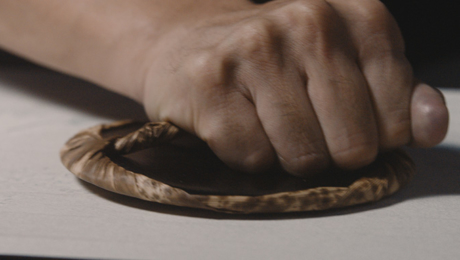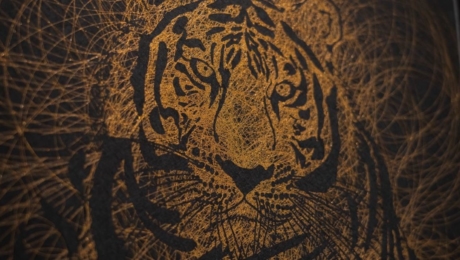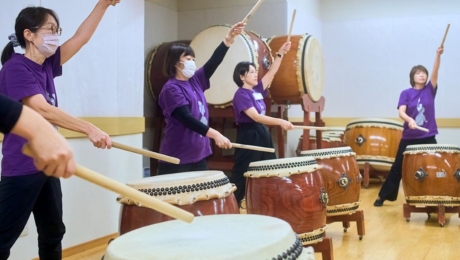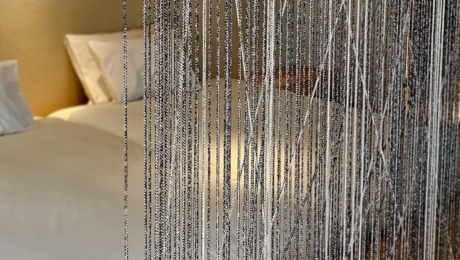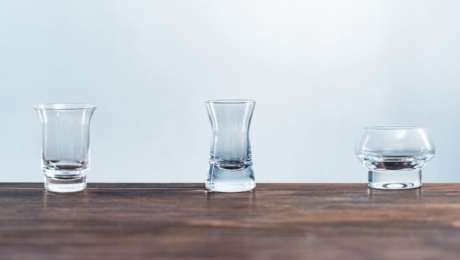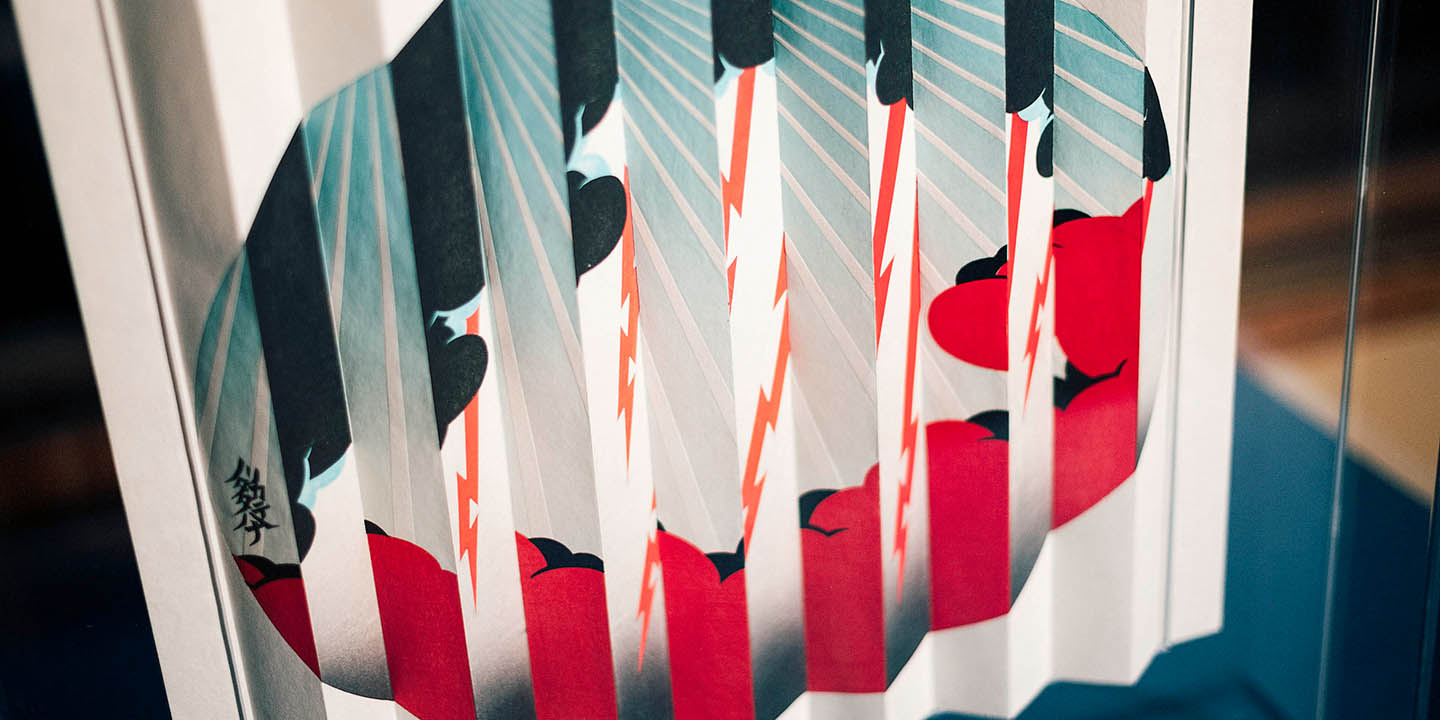

Printing “Modernity” Using Edo Techniques
2023.03.31
LIFE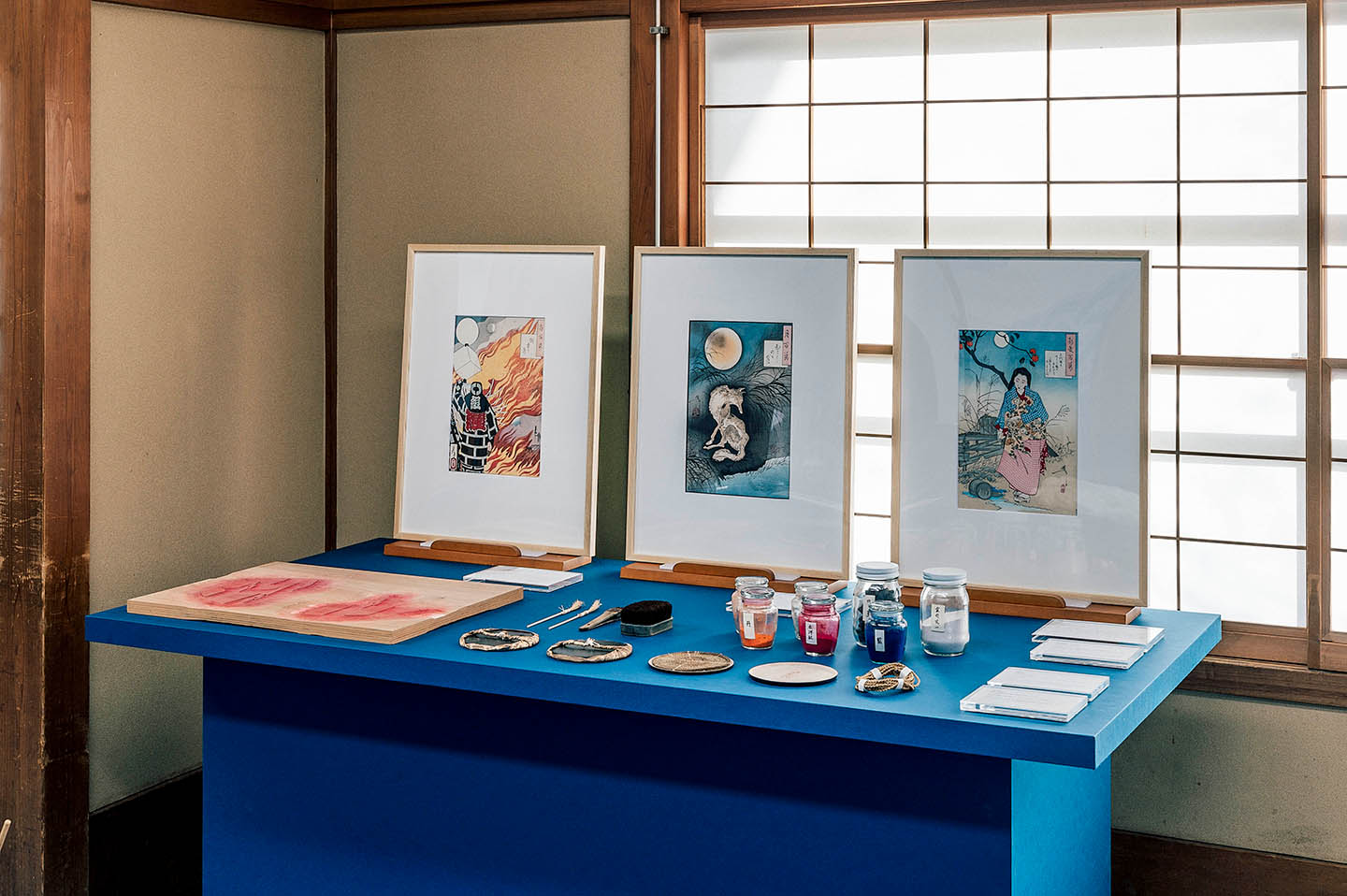
Takahashi Kobo is located in Suido in Tokyo’s Bunkyo Ward.
It was founded between 1854 and 1860 in the late Edo period, and it has continued its tradition of Edo woodblock prints for over 160 years. While it began as a woodblock printer, it later also took on the role of a publisher, so it handled the entire process of woodblock printing, from planning to creation and sales.
Last year, it collaborated with Noritaka Tatehana to create woodblock prints with a lightning motif. These prints used “kara-zuri” (an embossing technique which uses no pigment), “shomen-zuri” (in which a non-reversed plate is used to impart a shine to Japanese washi paper) and “kira-zuri” (in which powdered mica is used to create a glittery effect). These prints gave a modern spin to traditional techniques passed down since the Edo area.
Takahashi Kobo also created hoso-e prints using “beni” rouge from Isehan-Honten, whose history also extends back to the Edo period. These hoso-e prints imparted a sense of modernity, tied as they were to the COVID-19 pandemic.
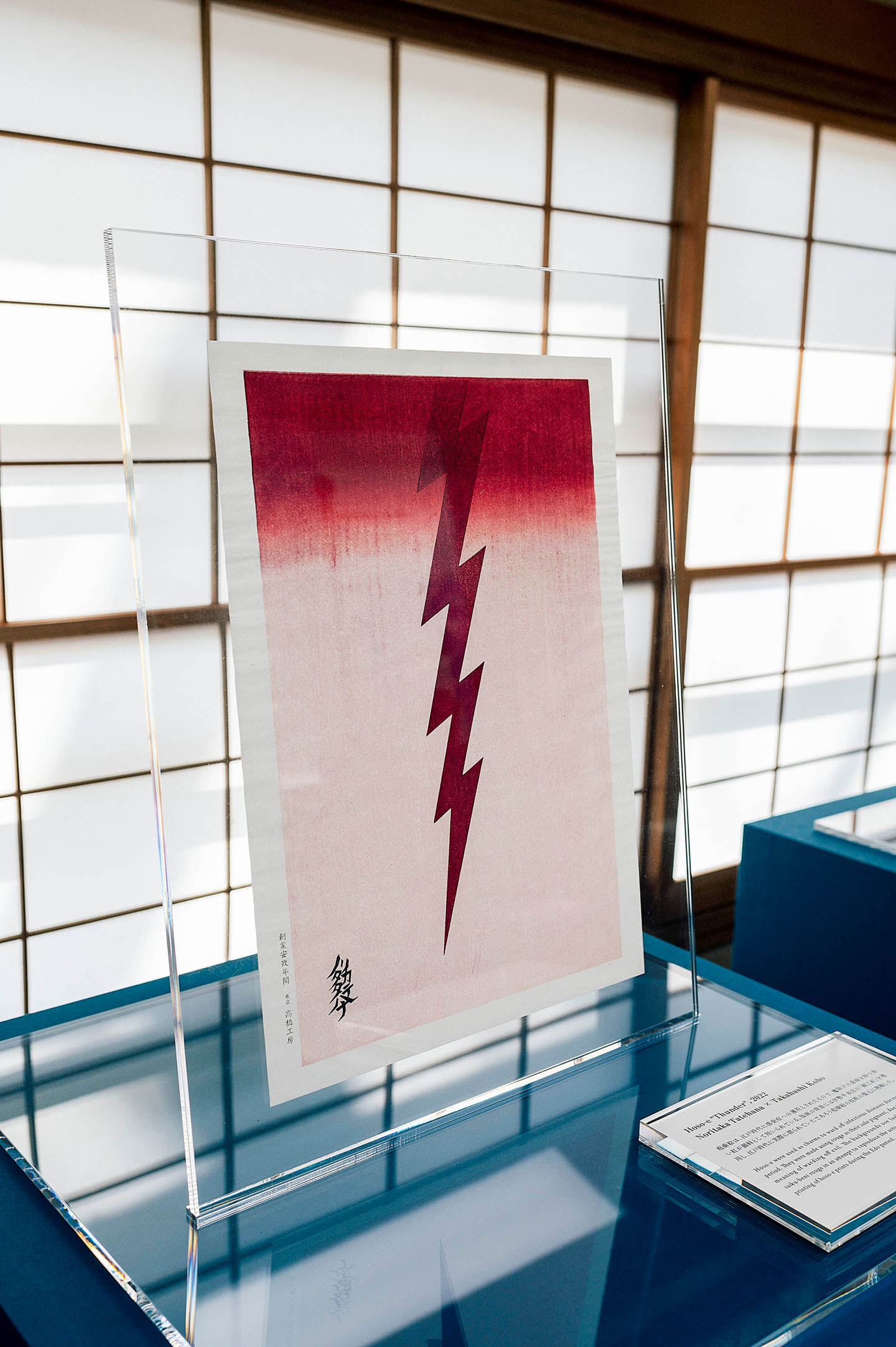
Edo woodblock prints traditionally served as magazines that shared information about the latest trends, but through this encounter with Noritaka Tatehana, they also took on elements of modern Japanese art, leading to the decision to make them part of the collection of the British Victoria and Albert Museum.
Noritaka Tatehana found the collaboration between Edo woodblock prints and “beni” rouge, both crafts rooted in Edo traditions, and the rethinking of Japan’s traditional culture from inside and outside perspectives to be very fruitful and rewarding, so for this year’s exhibition he decided to turn his own “Duality Paintings” into woodblock prints.
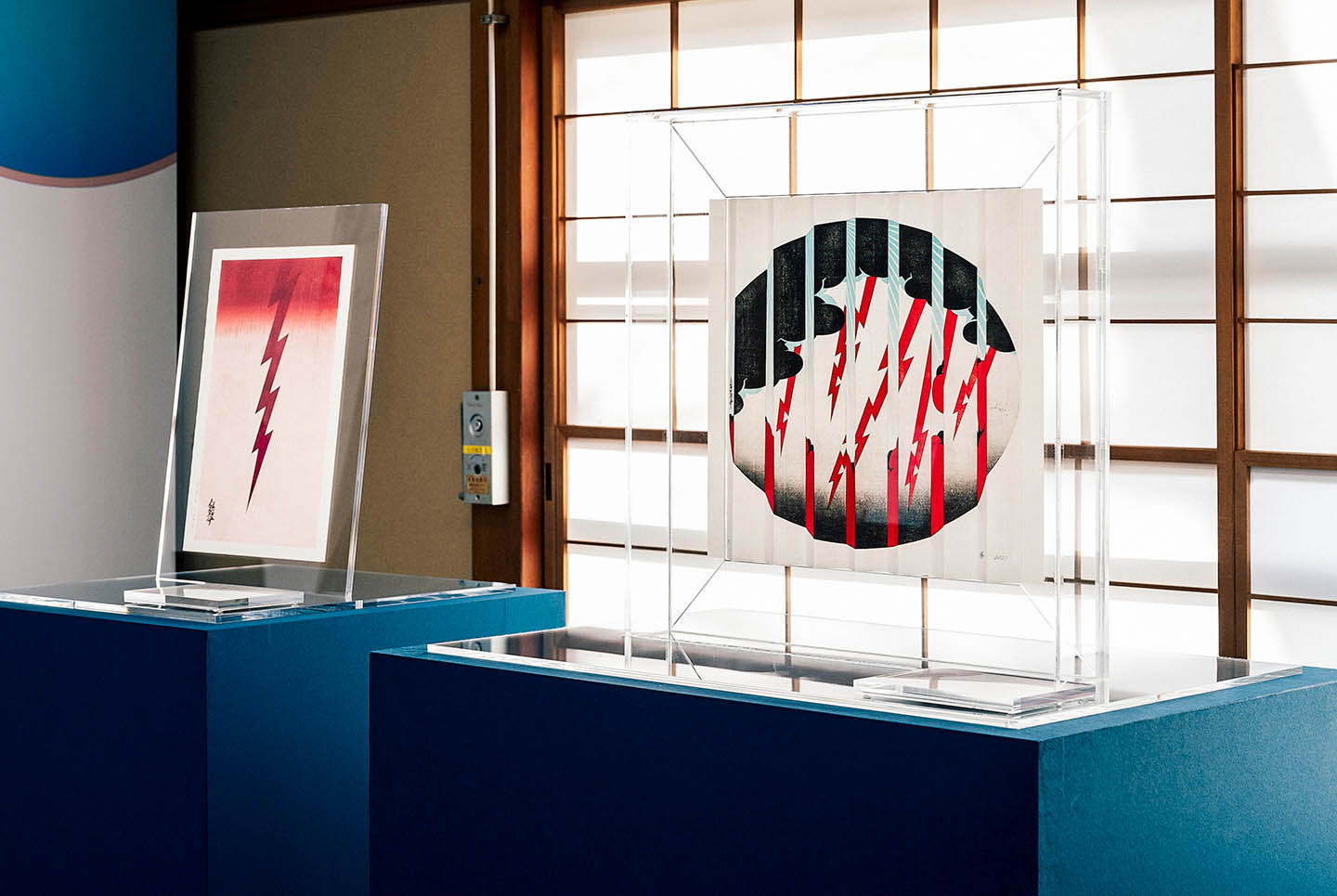
These paintings express dualities like life and death or the sky and the earth in a single painting. Tatehana’s works are often three-dimensional, so he reflects that “I realized that my duality paintings, which express duality and harmony on a single page, share a great deal of affinity with Edo woodblock prints, in which a single work is created using multiple wood printing blocks.”
However, printing two elements in a single Edo woodblock print was no easy matter. Of the four wood blocks used for the works, three have designs carved on both sides, but a greater challenge than the number of wood blocks was the overlapping of colors to produce vivid hues and colors. This process took a surprising level of patience and technical ability.
Noritaka Tatehana and Yukiko Takahashi, the sixth-generation master that leads Takahashi Kobo, held numerous meetings where they worked to create just the right gradations and depth of color.

“These are very delicate pieces, so the utmost care is required when creating colors or selecting paper. For example, we used different plates for the black of the top part and the black of the bottom part, and for the blue, we used multiple layers to produce a smooth, beautiful gradation. When doing so, we layered the colors without the paper extending beyond the “kento” (the groove carved in the top of the printing block) so that the layers would be lined up correctly,” said Takahashi.
“Increasing the number of layers of printing also increases the likelihood of the paper being damaged. However, it’s not as easy as simply using thicker paper. The final print then needed to be folded accordion-style, so when we picked the paper we focused on how easy it was to hold and how the finished artwork would look.”
The finished printed pieces were taken to Tatehana’s workshop, where he completed the works by hand-folding them, like origami, with accordion folds.
The works were displayed in Kantoku-tei, which was named by Confucian scholar Hayashi Nobuatsu during the Kyoho era (between 1716 and 1736), in the mid-Edo period. Instead of being placed in a conventional frame, the works were shown in acrylic boxes so they could be viewed from the left, from the right, and from above.
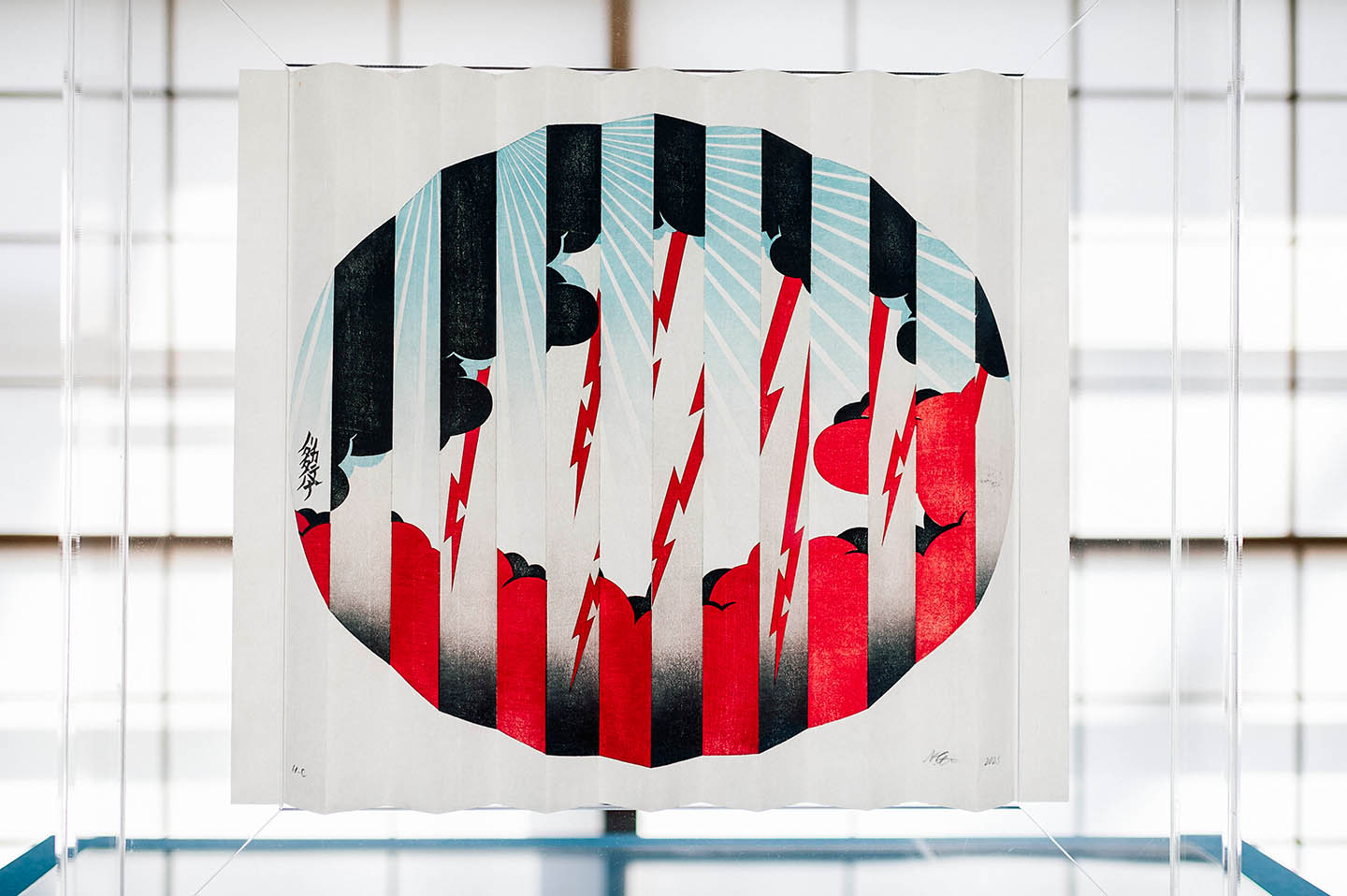
Reflecting on this collaboration, Takahashi said, “normally, an Edo woodblock print would be a flat, two-dimensional object. I was surprised and impressed by the idea of how to make it enjoyable as a three-dimensional artwork.”
Takahashi is planning to carry out several other projects in the future, such as an event to commemorate the 45th anniversary of the Association for the Preservation of Ukiyo-e Woodblock Engraving and Printmaking Techniques (an association for the selection and preservation of techniques certified by the Agency for Cultural Affairs), of which she is deputy president, along with other Takahashi Kobo projects.
The techniques of Edo woodblock printing, passed down since the Edo period, will continue to be refined and developed through our modern age.
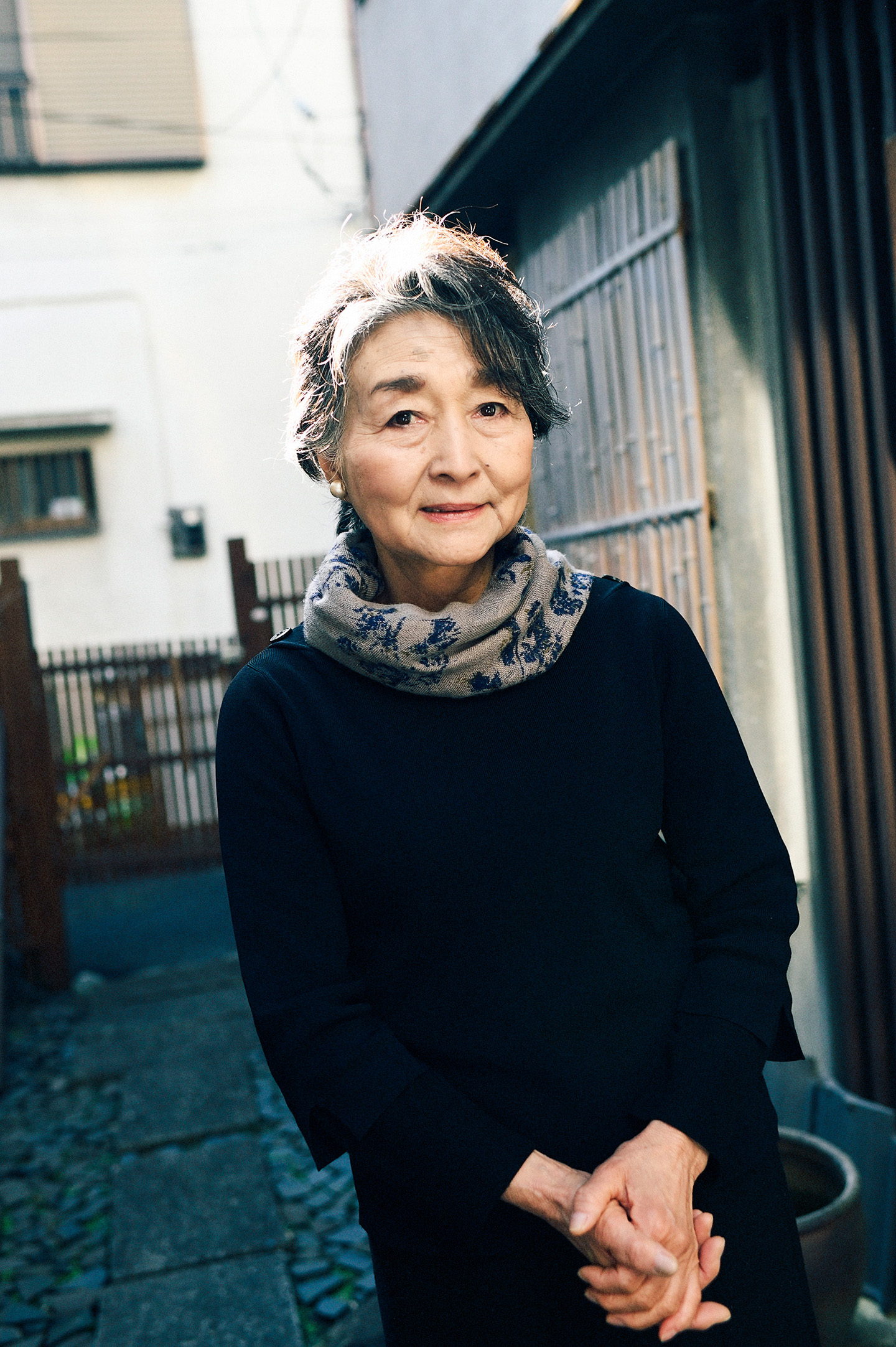
Photo by GION
Special Movie
Noritaka Tatehana x Edo Moku-hanga Takahashi Kobo
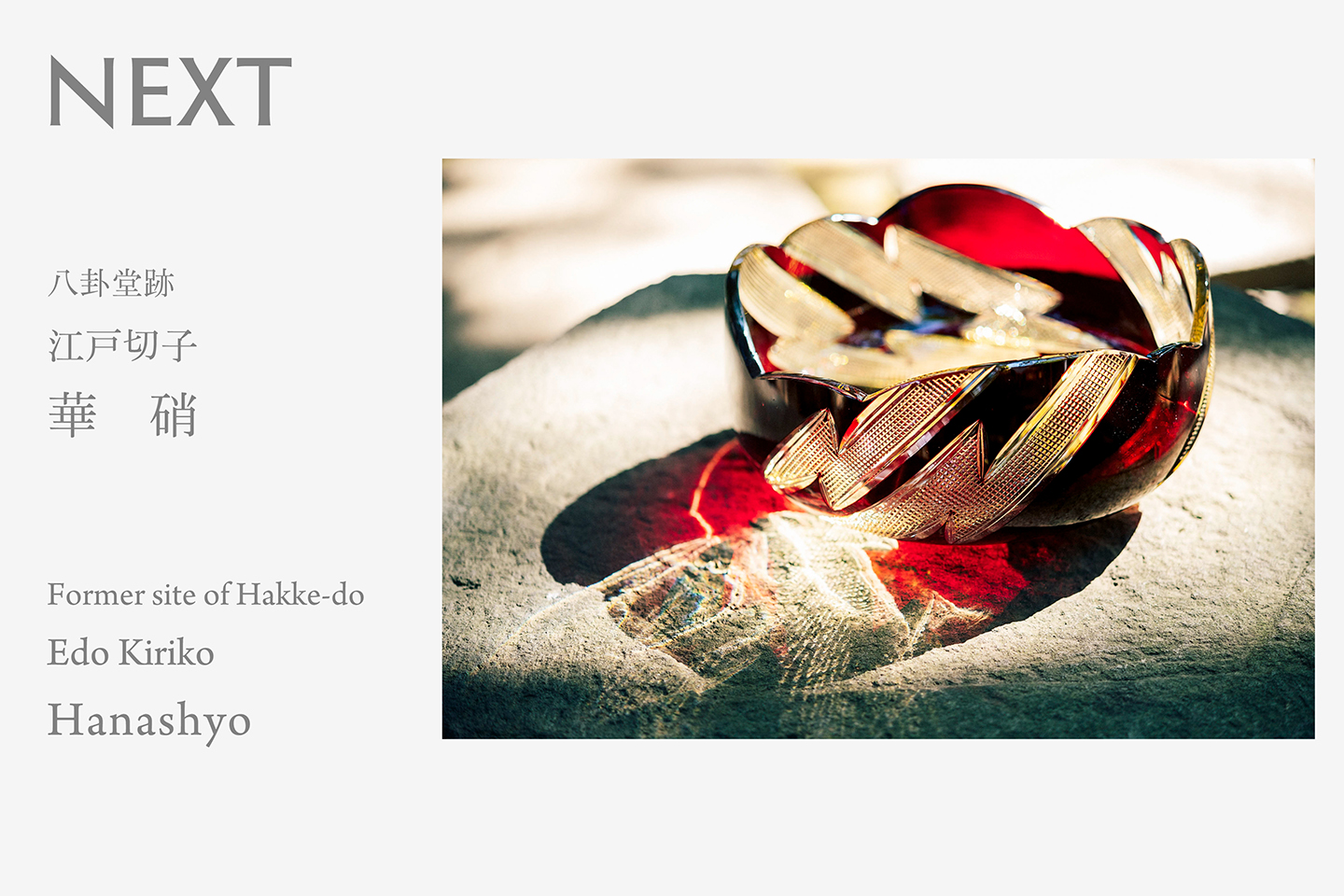
NEXT: 江戸切子 華硝 / Edo Kiriko Hanashyo
https://en.edotokyokirari.jp/column/life/edotokyorethink2023-hanashyo/


